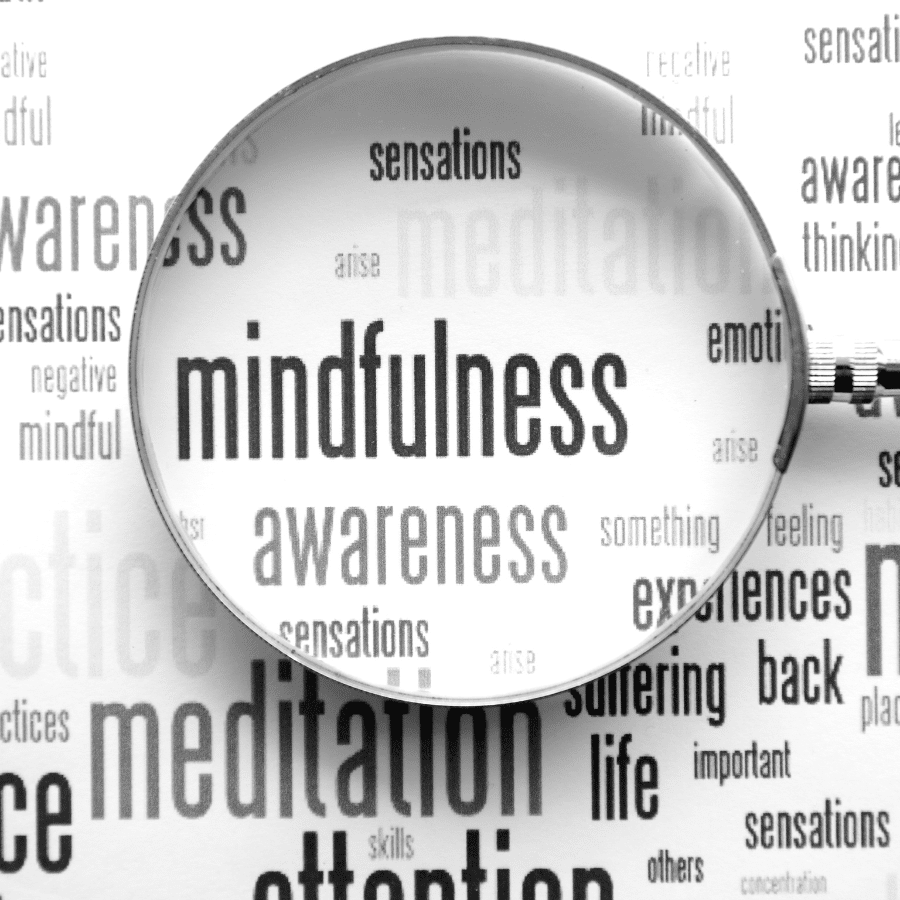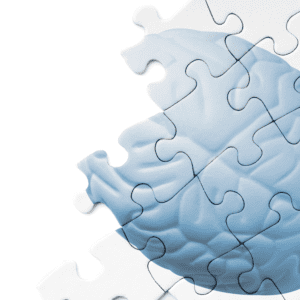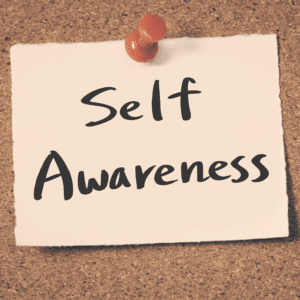介绍
正念是教育界越来越为人熟知的一个术语。但正念到底是什么?它如何帮助学生学习?这篇文章将探讨这些问题,并提供在课堂上教授正念的分步指南。什么是正念?
Mindfulness is a way to pay attention to the present moment, and it can help you be more aware of your thoughts and feelings. It also helps you focus on what you’re doing by slowing down the process of learning so that students can engage in thoughtful reflection on concepts. Mindfulness is not about relaxing or calming down; rather, it’s about focusing on one thing at a time without judgments or distractions from other things going on around us (or inside us). If we’re mindful as students, then we will be able to pay attention more easily because our minds won’t wander off into worry land where there are no answers!正念为何在教育中如此重要
There are many benefits to practicing mindfulness in education. Mindfulness can help students focus, regulate their emotions and behavior, be more empathetic towards others, be creative when solving problems or expressing themselves through art or music, and become more resilient in the face of challenges in life. In schools where mindfulness is integrated into the curriculum there have been reductions in stress levels among students as well as improvements in academic performance and behavior management issues (Roeser et al., 2011). One study examining this issue found that after eight weeks of training teachers on how to integrate mindfulness into their classrooms there were significant changes among students including: improved attentional control; increased positive emotions such as happiness; decreased negative emotions such as sadness/depression; improved social skills such as cooperation between peers (Carmody & Baer 2014).如何在课堂上教授正念
在课堂上教授正念是帮助学生更有效地学习的好方法。以下是一些入门技巧:- 在课堂上教授正念,而不仅仅是在午餐或放学后。
- 确保每个人在离开房间之前都有机会练习正念,这样他们就可以把它带回家!









